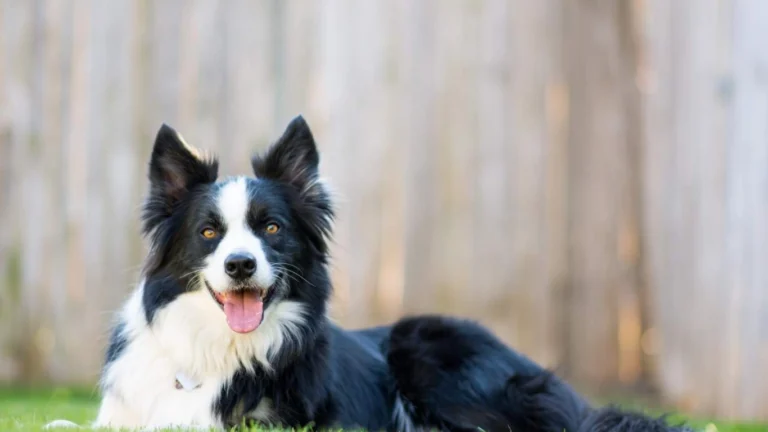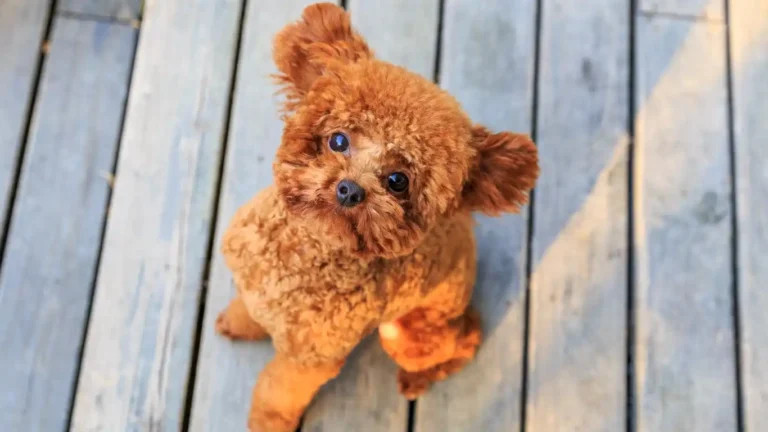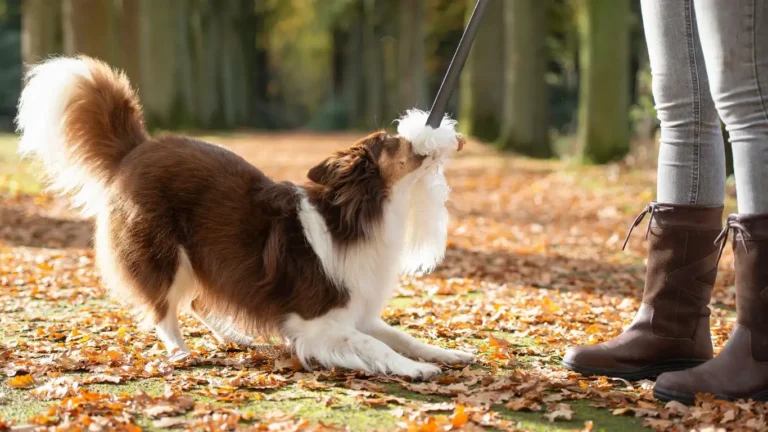7 Powerful Tips on How to Help a Dog Feel Safe in a New Environment
Moving to a new environment can be just as stressful for our dogs as it is for us. Whether you’re moving into a new home, going on vacation, or introducing them to a new family member or pet, it’s essential to think about how to help a dog feel safe in a new environment. As a Veterinary Technician with a focus on nutrition and overall well-being, I’ve seen firsthand the positive impact that understanding and attention to their emotional state can make. Just like humans, dogs can feel overwhelmed by change, and when they do, it can show in their behavior. The good news is, there are several ways you can support your furry friend through these transitions, helping them feel secure and at ease in unfamiliar surroundings.
Why Is It Important to Help a Dog Feel Safe in a New Environment?

Before diving into specific tips and tricks, let’s talk about why it’s so crucial to help a dog feel safe in a new environment. A dog’s sense of security is closely tied to their emotional and mental health. When dogs feel unsafe, stressed, or fearful, it can lead to a range of behavioral issues such as excessive barking, aggression, separation anxiety, or even physical ailments like digestive upset. In my years as a Veterinary Technician, I’ve encountered countless situations where a change in a dog’s environment—whether it’s a new house, a different routine, or unfamiliar people—has led to noticeable stress responses. These reactions are not just emotional; they can also manifest physically in their health.
For example, changes in diet or eating habits can be a common indicator of stress, as well as changes in the frequency or consistency of their bathroom habits. Dogs rely on familiar routines to feel secure, and when those routines are disrupted, their stress levels can rise. As pet parents, it’s essential to recognize the importance of making the new environment as welcoming and familiar as possible to ensure their transition is as smooth as possible.
Start Slow: Gradual Introductions Are Key
One of the most effective ways to help a dog feel safe in a new environment is by taking things slow. Gradual introductions to new places, people, and situations can make a big difference. Dogs don’t always understand why things are changing, and a sudden, overwhelming shift can increase their anxiety. I’ve had many clients tell me their dogs seemed “fine” at first, but after a few days or even weeks, they started showing signs of stress. This can be avoided by introducing the new environment in manageable steps, allowing your dog to acclimate without feeling too overwhelmed.
- Introduce new spaces slowly: If you’re moving to a new home, try to keep your dog’s immediate surroundings as familiar as possible, like their bed, toys, and food dishes. Let them explore one room at a time instead of overwhelming them with the whole house at once.
- Get them used to new people or pets: If you’re introducing a new family member or pet into the household, make sure the introductions are calm and positive. Allow them to meet in neutral territory before spending more time together in the home.
- Maintain routine: Even in a new environment, try to keep your dog’s daily routine as close to the old one as possible. This includes feeding times, walks, and playtime.
Provide Familiar Comforts: Scent and Sound
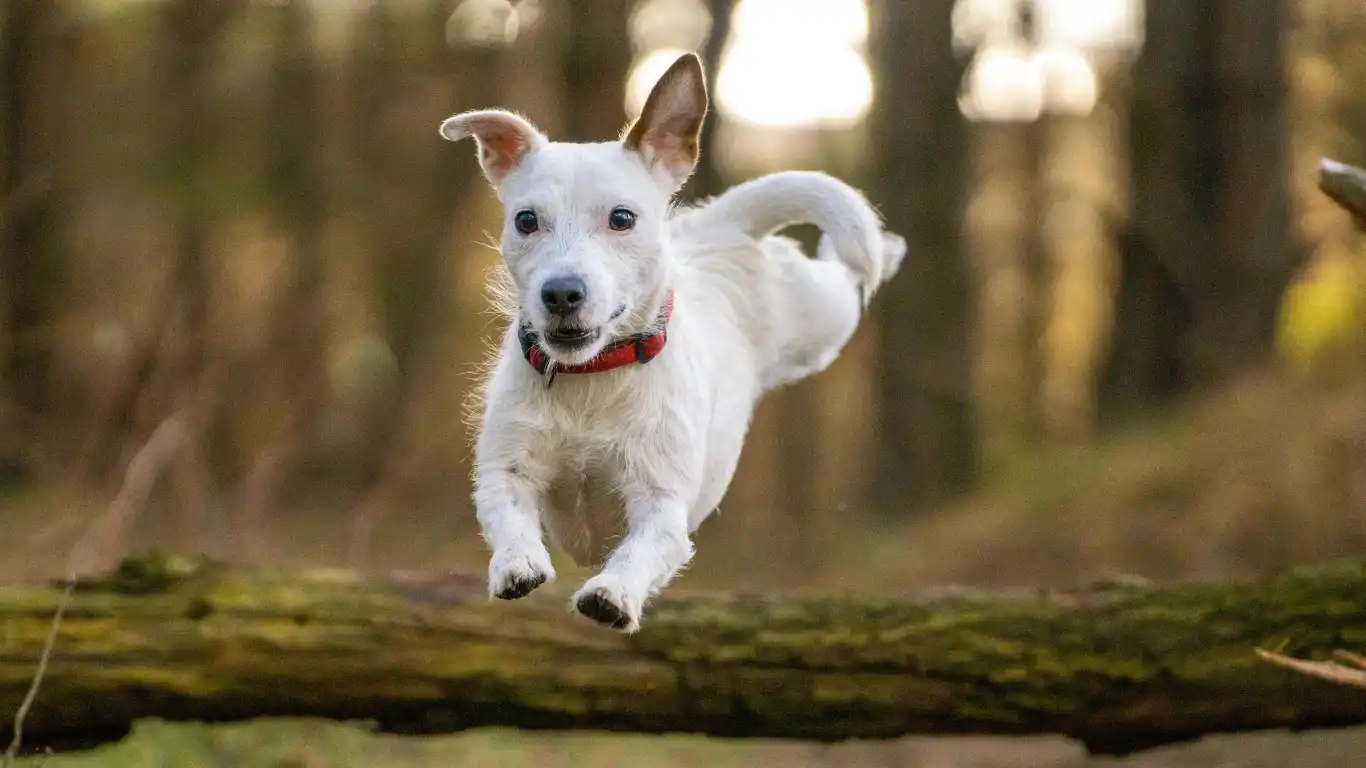
When a dog is feeling stressed in a new place, one of the most comforting things you can do is surround them with familiar scents and sounds. Dogs are incredibly sensitive to smell, and familiar smells can help reassure them that they are in a safe space. This is where their sense of smell can play a significant role in calming their anxiety. For instance, bringing along their favorite blanket, a piece of your clothing, or their toys can help them adjust more quickly to the unfamiliar environment.
Sound is another powerful tool in making a dog feel safe. A sudden silence or unfamiliar noises might make a dog uneasy. Playing soft, familiar music or leaving a TV on with their favorite show playing in the background can help ease their anxiety. I’ve noticed that some of my clients have found success by using music designed specifically for dogs. These are often calming, low-frequency tracks that soothe a dog’s nervous system. Of course, every dog is different, so it may take a little trial and error to figure out what makes your dog feel most comfortable.
Use Positive Reinforcement to Build Confidence
Positive reinforcement is one of the best ways to help a dog feel safe in a new environment. It’s all about rewarding calm behavior and encouraging them to explore their new space with confidence. If your dog shows signs of stress or hesitation, avoid reprimanding them; instead, try to reinforce the positive behaviors they’re displaying. For example, if they approach a new room or a new person without backing away, reward them with praise or treats. This helps them associate the new situation with something positive rather than something to fear.
- Offer praise or treats: Reward your dog when they approach something new or unfamiliar with curiosity or calmness. This encourages them to keep exploring in a safe and positive manner.
- Be patient: Every dog reacts differently to changes, so be patient and allow them the time they need to adapt.
- Use calm, confident body language: Dogs often mirror the emotional state of their humans. If you remain calm and confident in new situations, your dog will be more likely to mirror that behavior.
The Importance of a Safe Space
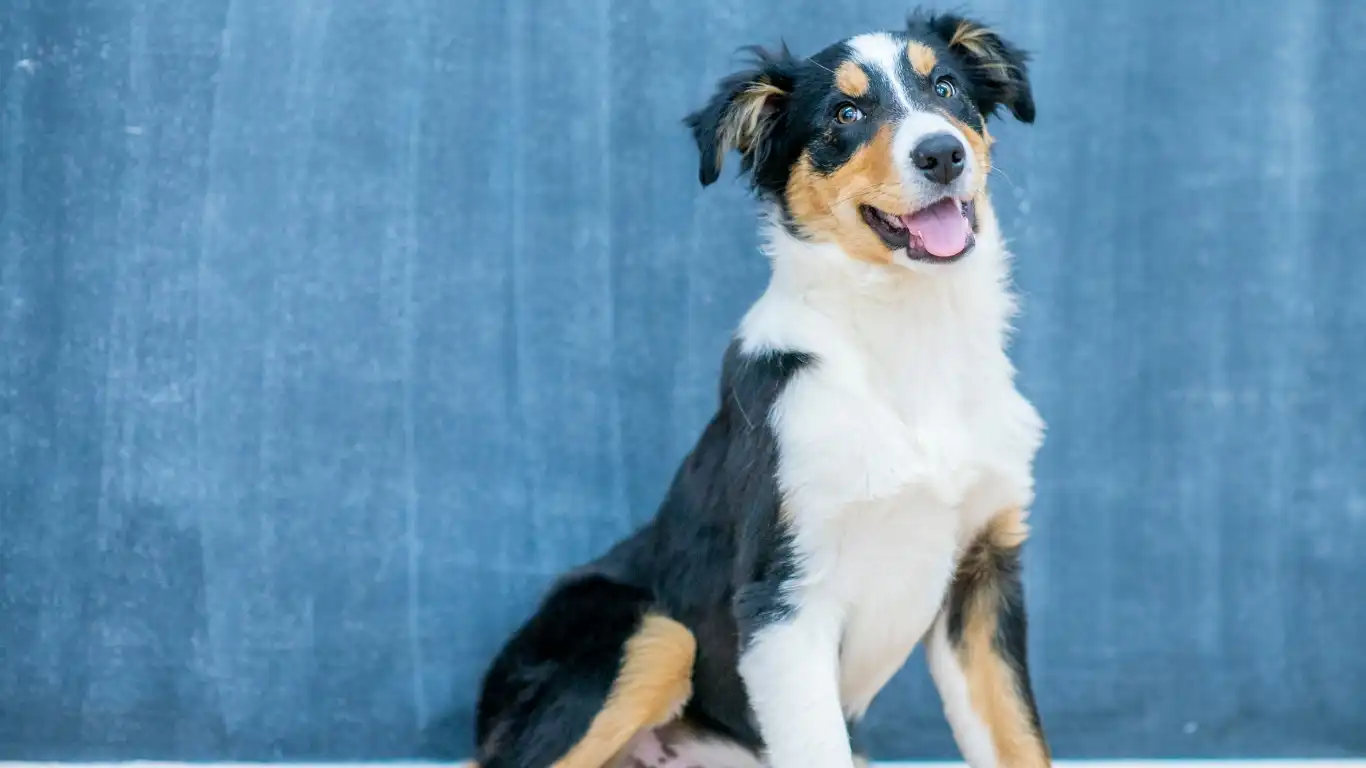
Finally, ensuring your dog has a designated “safe space” in the new environment can do wonders. This could be their crate, a cozy corner, or even a particular room where they can retreat when feeling overwhelmed. Having a quiet, familiar spot to retreat to gives your dog a sense of control over their environment. It’s essential to make sure this space is kept calm and free from loud noises or too much foot traffic, so your dog can truly relax.
In my experience, many dogs feel comforted by their crate, as it is often their personal space they’ve come to associate with rest and security. If you’re trying to introduce your dog to a new environment, encourage them to use their crate or bed by placing their favorite blanket or toy inside. This space becomes their sanctuary, where they can retreat and decompress at their own pace.
Creating a welcoming environment for your dog, full of familiar comforts and structured routines, can go a long way toward reducing their anxiety. Each dog is different, and it may take a little time and patience to figure out what works best for your dog. But with the right approach, you can help your dog feel safe, secure, and happy, no matter where they are.
Keep Their Physical Needs in Mind

While emotional comfort is essential when helping a dog feel safe in a new environment, don’t forget about their physical needs! A dog that’s well-exercised, well-fed, and healthy is more likely to handle new situations with a clear mind. In my experience, I’ve noticed that dogs who are stressed out or feeling anxious in new environments are often dealing with a mix of emotional and physical discomfort. When they are tired, fed, and generally feeling good, they are better able to manage their emotions and adapt to unfamiliar surroundings.
One of the first things I recommend to pet parents going through a relocation or any other major change is to keep their dog’s exercise routine consistent. Exercise isn’t just about burning energy—it helps reduce anxiety, balance mood, and releases those feel-good endorphins. A long walk in the morning or a quick play session in the yard can make a huge difference in their overall well-being. Of course, you’ll want to adjust the intensity and length of exercise based on your dog’s age, breed, and health, but getting them moving regularly is a must!
Likewise, make sure their nutritional needs are being met. A dog that’s in a new environment might refuse food due to stress or unfamiliar smells. I’ve seen this firsthand in my veterinary practice—stress can sometimes make dogs more sensitive to food changes, or they simply lose interest in eating when they’re nervous. If your dog isn’t eating right away in their new home, don’t worry too much, but do keep an eye on them. Offer familiar foods, and avoid introducing anything too rich or unfamiliar. This will help reduce any further stress and support their digestion, which can easily become upset when they’re anxious.
Stay Calm and Lead by Example
Dogs are incredibly intuitive when it comes to reading our emotions. They often take cues from their humans to determine how they should react in different situations. If you’re feeling anxious, they’re likely to pick up on that energy, and it can make them feel more on edge, too. One thing that I always encourage dog parents to do when helping their dog feel safe in a new environment is to stay calm and confident. This doesn’t mean you have to fake it—sometimes it’s simply about maintaining a positive attitude and staying grounded in the face of change.
If you find yourself feeling stressed or overwhelmed, take a deep breath and remember that dogs are pretty adaptable. By staying calm and showing confidence, you’re providing a sense of security for your dog. I’ve noticed that dogs tend to mirror the emotional states of their owners. For example, if you’re anxious and tense, your dog might feel similarly, making it harder for them to relax in the new environment. On the other hand, if you stay calm and reassuring, your dog will be more likely to reflect that same calm energy.
For some dogs, it can be helpful to avoid showing too much excitement or nervousness when introducing them to a new environment. Keep your interactions low-key and positive. If they seem hesitant, try not to overwhelm them with too much attention or too many new experiences all at once. Instead, gently encourage them to explore at their own pace, providing positive reinforcement along the way. I can’t tell you how many times I’ve seen dogs start to come around just by simply letting them set the pace.
Desensitize to Potential Stressors

In a new environment, there are bound to be new sounds, sights, and smells that could trigger your dog’s anxiety. Dogs have much more sensitive hearing and smell than humans, which means they can perceive things that we can’t even pick up on. For example, the sound of a neighbor’s dog barking, a passing car, or the hum of new appliances may unsettle them. These changes can be a lot for a dog to process, and if not addressed, they may become a source of ongoing stress.
One way to help your dog feel safe in these situations is by desensitizing them to new stimuli gradually. For example, if there’s a particular noise that seems to upset them—say, the sound of a vacuum cleaner or the doorbell—try to introduce the sound at a lower volume first. Pair it with something positive, like a treat or a favorite toy, so your dog learns to associate the noise with something pleasant. Over time, you can increase the volume or intensity, allowing your dog to get used to it without feeling overwhelmed.
Similarly, exposure to new smells or even new people should be done slowly and at a pace that your dog can handle. Some dogs take longer to warm up to new situations, and that’s okay. Be patient and remember that positive reinforcement is key to making these new experiences more enjoyable for your dog. With time and gentle encouragement, your dog will learn to feel more at ease in the presence of new stimuli.
Keep a Positive Atmosphere Around the Home
Another tip that has worked well for my clients is to ensure the new environment feels positive and upbeat. A lot of dogs pick up on the general vibe of the household, and if there’s a lot of stress or chaos, it can amplify their anxiety. If you’re going through a move or some other significant change, try to keep the atmosphere as light and positive as possible. The last thing you want is for your dog to associate the new environment with stress or tension.
In my own experience, I’ve found that incorporating fun, interactive activities into your dog’s routine can help them connect the new space with positive experiences. This could mean a new puzzle feeder, a fun game of fetch, or even a regular cuddle session on the couch. These little routines can bring comfort to your dog and reassure them that despite the change, things are still familiar and safe.
Maintain a Secure Outdoor Routine
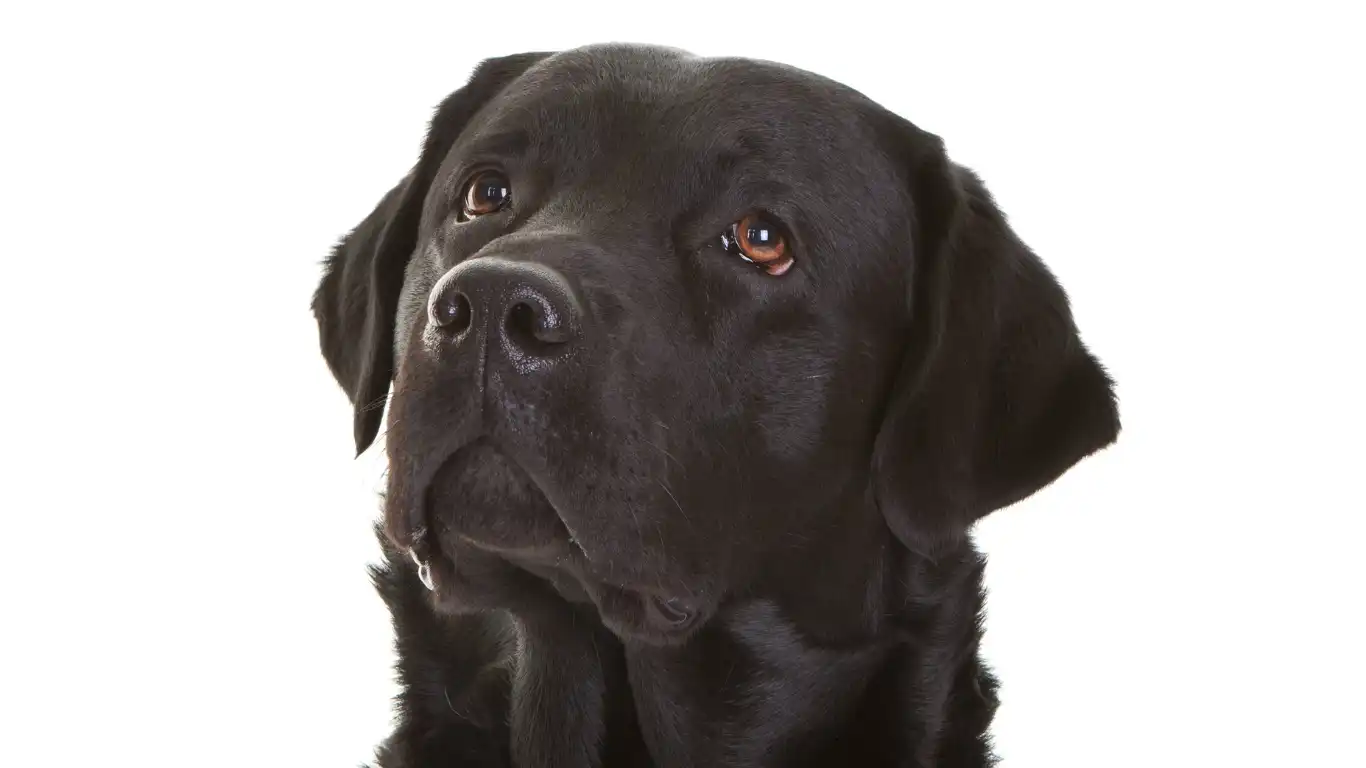
Finally, if your dog is used to spending time outdoors, maintaining a secure and consistent outdoor routine is essential. Dogs love to explore, and outdoor walks or playtime can serve as both an outlet for energy and a calming ritual. However, in a new environment, especially one with unfamiliar surroundings, it’s crucial to make sure your dog feels safe and secure outside as well.
To help your dog feel safe during outdoor time in a new environment, be sure to supervise them closely. Check for potential hazards like unfamiliar animals, traffic, or even landscaping features that could be dangerous. Also, if you’re in a new neighborhood or on unfamiliar territory, consider using a leash until your dog gets familiar with the area. It’s important to let them explore, but it’s equally important to provide them with the safety and control they need to feel secure. Over time, as they get used to the new smells and sights, they’ll gain more confidence, making outdoor excursions more enjoyable for both of you.
Establishing a Routine: Consistency is Key

As we discussed earlier, the importance of a dog’s routine cannot be overstated when it comes to helping them feel safe in a new environment. Dogs are creatures of habit, and maintaining consistency, especially in the early stages of transitioning to a new space, will help them build trust and reduce stress. When everything around them is changing, their daily schedule can provide a sense of normalcy and reassurance.
In my experience, sticking to your dog’s established routine as much as possible during this adjustment period is one of the most effective ways to help them settle in. This includes keeping the same feeding times, walking schedule, and bedtime routine. For example, if your dog is used to a morning walk and a play session after breakfast, try to keep that going in the new environment, even if it means stepping outside for a few minutes to offer that familiarity. The key is that consistency offers comfort and helps your dog feel that some things are still under their control in the face of change.
If you’re moving to a new area, you might also want to stick with familiar routes for walks, at least initially. Dogs thrive on consistency, and a familiar walk route can help them feel more secure in their new surroundings. As they become more comfortable, you can start to introduce new places and experiences gradually.
Training and Mental Stimulation: Keep Their Mind Active
Along with maintaining a routine, it’s also crucial to provide your dog with mental stimulation during the transition. A stressed dog can easily become restless or frustrated if their mind isn’t being engaged. Training is an excellent way to both tire them out mentally and help them feel more secure in their new environment.
In my practice, I often recommend engaging dogs with new training exercises, especially during stressful times. Simple commands like “sit,” “stay,” or “leave it” can not only reinforce good behavior but also provide a positive distraction from the unknowns of the new environment. Additionally, puzzle toys or treat-dispensing toys are a great way to keep your dog busy and mentally engaged. These toys help redirect their focus away from stressors and towards something rewarding and enjoyable.
Incorporating training into their routine will also build your bond, which is especially important when they’re dealing with the unfamiliar. It’s a great way to provide both physical and emotional support, making them feel safe and secure. By staying consistent with both their training and routine, you’ll reinforce positive associations with the new environment.
Provide Socialization Opportunities: Help Them Build Confidence
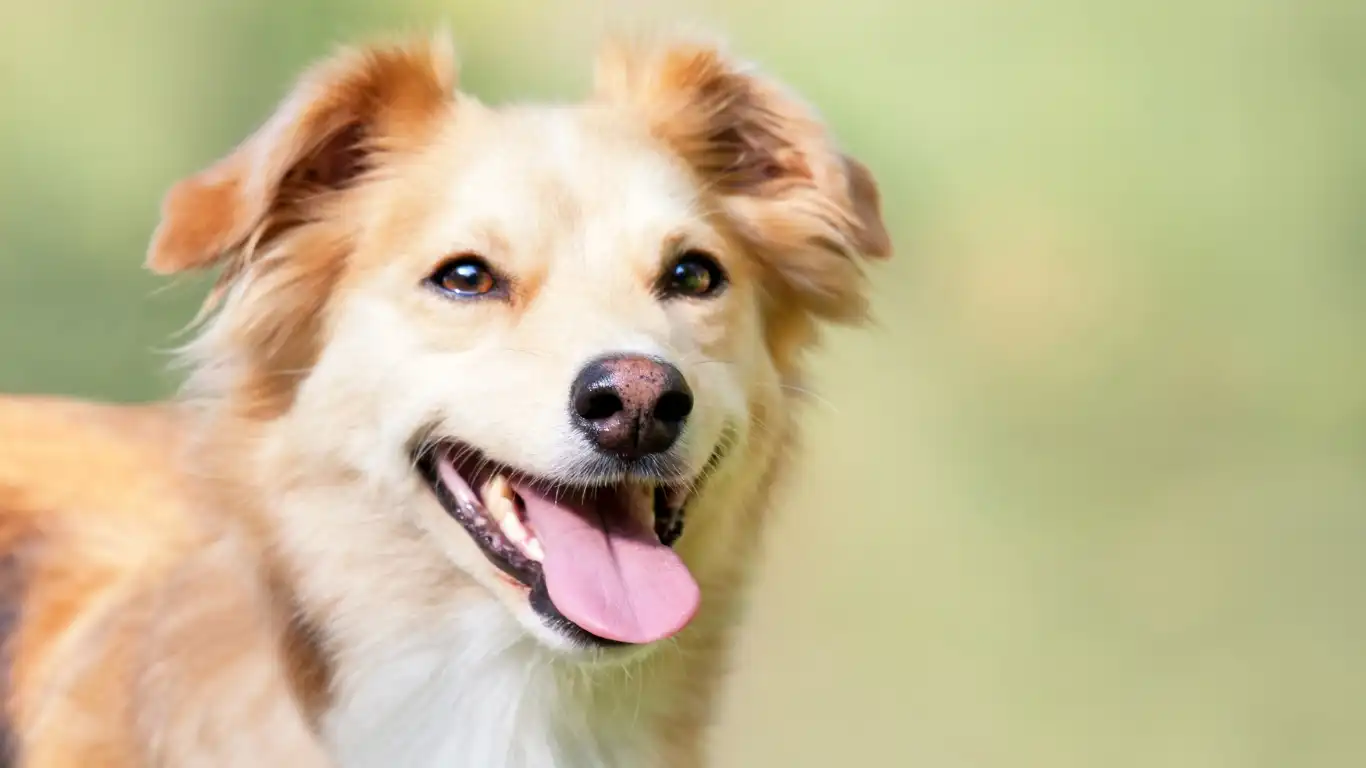
Socialization is another key factor in helping a dog feel safe in a new environment, particularly if you’re introducing them to new people, other animals, or unfamiliar places. While socialization might seem like an additional stressor for a dog that’s already adjusting, it’s actually an important part of helping them build confidence and trust in their new surroundings.
As someone who’s worked with both stressed and confident dogs over the years, I’ve learned that socialization needs to be done gradually. For instance, if your dog is meeting a new person or dog, it’s essential to make the introductions slow and controlled. The goal is to avoid overwhelming your dog while also allowing them to build positive associations with these new encounters. If your dog is apprehensive or unsure, let them take their time and explore the new relationship at their own pace. Always reward calm behavior with praise or treats to reinforce the positive behavior.
Remember, socialization isn’t just about meeting new people or dogs—it’s also about helping your dog become more comfortable with the everyday sights and sounds of their new environment. This can include things like cars passing by, kids playing in the yard, or neighbors walking their dogs. Exposure to these new experiences, at a pace your dog can handle, will help them adapt more quickly and feel less anxious.
Calming Aids: Can They Help?
Sometimes, despite all your efforts, a dog may still struggle to adjust to a new environment, especially if they are naturally anxious. In these cases, calming aids can help reduce their stress levels and provide some relief during the transition. I’m not talking about anything that would sedate your dog—rather, these are products designed to soothe and calm them naturally.
Some of the most common calming aids include pheromone diffusers, which release synthetic versions of the calming pheromones that mother dogs produce to comfort their puppies. These can be incredibly effective in creating a peaceful environment. I’ve had a lot of success with products like Adaptil or Thundershirts, which apply gentle pressure to the dog’s body, mimicking the calming sensation of being held or hugged.
Another calming aid that works well for some dogs is natural supplements like CBD oil or calming chews. These can help manage anxiety by promoting a sense of relaxation. However, I always recommend checking with your vet before introducing these products, as every dog’s needs are different.
Of course, calming aids should never be used as a substitute for proper training and behavior modification. They are best used in combination with other techniques, such as consistency, routine, and gradual exposure to new experiences, as mentioned earlier.
References
For more information on helping your dog feel safe in new environments, here are some useful resources that provide additional tips and insights:
- PetMD – Veterinary Advice for Pet Parents
- American Kennel Club – Dog Care Tips and Training
- National Institutes of Health – Animal and Health Research
- Health.com – Pet Health and Wellbeing
Disclaimer
Always consult with your veterinarian before making changes to your dog’s routine, diet, or medication, especially if they have a pre-existing condition or if you’re introducing new supplements or calming aids. This article is not intended to replace professional veterinary advice but to offer general guidance on helping your dog feel more secure in a new environment.

